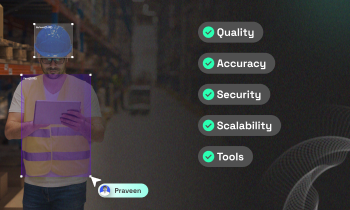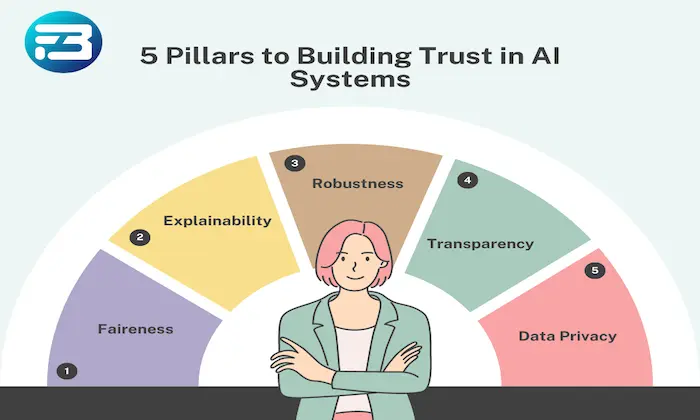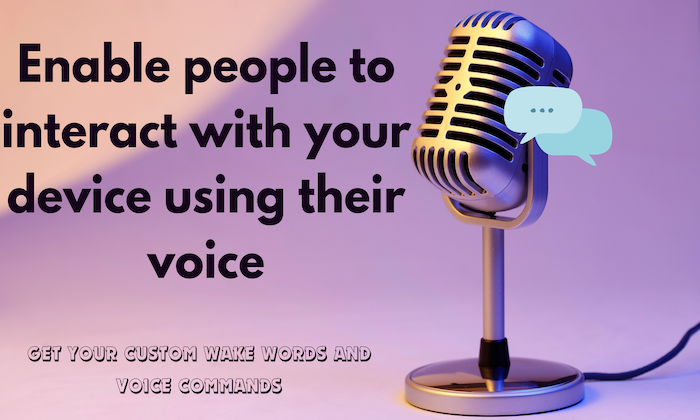Are dictation datasets are spontaneous or scripted?
Dictation
Speech Recognition
Data Analysis
Understanding whether dictation datasets are spontaneous or scripted is essential for developing effective automatic speech recognition (ASR) systems, especially in complex fields like healthcare. This distinction impacts the realism and accuracy of the resulting models. Generally, dictation datasets are predominantly spontaneous, although scripted formats are used when specific coverage is needed.
Spontaneous vs. Scripted Dictation Datasets: Understanding Their Nature
- Spontaneous Dictation: Spontaneous dictation datasets are the norm, capturing clinicians as they naturally narrate their notes in real-time. This approach reflects authentic clinical environments, complete with natural speech patterns, hesitations, and self-corrections. Such datasets are invaluable for training ASR systems to handle real-world complexities, including medical terminology and contextual nuances. For instance, a doctor might dictate, "Patient presents with a cough, uh, two weeks of... correction, productive cough with low-grade fever," providing ASR systems with a realistic speech pattern to learn from.
- Scripted Dictation: Scripted dictation, while less common, is strategically used to ensure the inclusion of specific terminologies or phrases, particularly in rare or specialized scenarios. However, because scripted speech lacks the variability of real-life dictation, models trained solely on such data may struggle in dynamic environments. For example, a clinician might read from a script to ensure clarity on specific medical terms, offering precision but not the spontaneity of natural expression.
Importance of Spontaneous vs. Scripted Datasets for ASR Effectiveness
- Realism and Model Performance: Spontaneous datasets offer a more realistic representation of speech, enabling models to perform better in real-world applications by handling unpredictability effectively.
- Speaker Diversity: These datasets encompass a wide range of accents, speech patterns, and terminologies, reflecting the diverse patient populations clinicians serve.
- Clinical Applicability: For electronic health record (EHR) transcription and clinical documentation, dictation that mirrors real-life speech ensures accurate interpretation and transcription of dense medical language.
Considerations and Trade-offs
- Realism vs. Control: While spontaneous datasets provide realism, they come with variability that can challenge transcription accuracy. Scripted datasets offer control over vocabulary but might not reflect actual usage.
- Resource Allocation: Collecting spontaneous dictation data requires more time and resources, as it involves real-world recording settings. Scripted data can be generated quickly but may lack depth for robust ASR training.
- Continuous Improvement: Models based on spontaneous data should incorporate feedback loops to enhance accuracy over time, adapting to evolving speech patterns.
Common Missteps and Best Practices
Some teams mistakenly prioritize scripted data for its clarity, overlooking the importance of spontaneous dictation. This can lead to performance issues when models encounter the nuanced language required in clinical settings. Emphasizing spontaneous dictation in dataset development ensures that ASR systems are robust and adaptable.
In summary, while both spontaneous and scripted dictation datasets have their roles, prioritizing spontaneous data is generally more beneficial for developing ASR systems that accurately handle the complexities of medical documentation. By focusing on these datasets, teams can create models that not only perform well but also reflect the realities of clinical practice.
For healthcare AI projects requiring accurate and diverse dictation data, FutureBeeAI delivers high-quality, spontaneous datasets that enhance ASR system performance, readying them for real-world clinical challenges.
Smart FAQs
Q: Can scripted dictation datasets be beneficial?
A: Yes, they are useful for ensuring specific terminology coverage, particularly in rare cases. However, they should complement rather than replace spontaneous datasets, which offer more realistic speech patterns.
Q: How can teams balance the use of spontaneous and scripted datasets?
A: A hybrid approach is effective, using spontaneous datasets as the primary training source and supplementing with scripted datasets for specific terminology needs, thus combining realism with comprehensive coverage.
What Else Do People Ask?
Related AI Articles
Browse Matching Datasets
Acquiring high-quality AI datasets has never been easier!!!
Get in touch with our AI data expert now!








